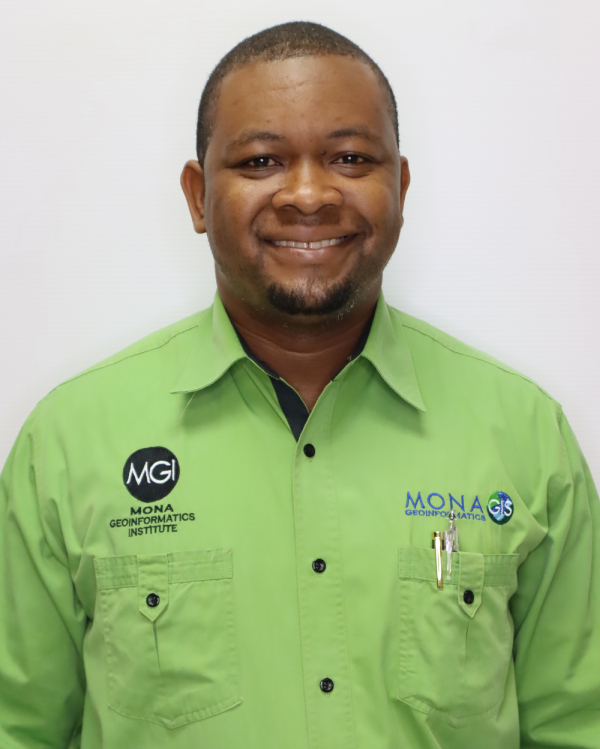We Need a National Spatial Plan Experts Say
In the face of more frequent and intensified climatic events, two experts agree that Jamaica must rely on its existing systems and policies to work to strengthen the country’s resilience to climate change.
For Dr Carol Archer, Urban planner and professor in the Faculty of the Built Environment at the University of Technology, Jamaica, the completion of the National Spatial Plan is foremost.
“That would help to direct us with what to do with an area such as Port Maria,” she said, referencing the St Mary parish capital to the northeast of the island, which experienced severe flooding almost a year ago following heavy rains. The flooding affected the entire town, inundating buildings and homes with muck and debris.
“It would not be a question of relocating, but looking at where you put certain services within the parish (St Mary), so you’d have to get your data and analyse your trends and it would show you: ‘In Port Maria, these are the predominant activities, and these are activities that will have an impact over X number of years’, and they will have a relationship with these [particular] areas, and we’d have to use that to make a decision,” she said.
“That is what is needed in the short to medium term.”
The last spatial plan for Jamaica, the Jamaica National Physical Plan, covered development of the country from 1970 to 1998.
Housing and construction professional, Earl Samuels, adds that the systems for monitoring and maintenance of the country’s urban infrastructure also need to work. Although pointing out that maintenance is not only within the remit of the state, he also insisted that a significant portion of the responsibility must be shouldered by regulators.
Poor maintenance of roads, gullies, bridges, and other infrastructure have been continuously blamed for disasters triggered by climatic occurrences, including the flooding of Port Maria.
The financier, who is also the chief development financing officer for the JN Group and a former managing director of the National Housing Trust, noted that while financial institutions can hold developers they finance to account by monitoring their projects and insisting on the implementation of certain measures, only a small percentage of developments are funded by private institutions.
“So, several are not adhering to best practices,” he outlined, emphasising that the state of inadequate monitoring has left room for breaches, which impact on the wider built environment.
Dr Archer agreed that the issue of maintenance is among the sorest points for many urban centres.
“You don’t maintain the roads; you don’t maintain the [drains and] sewage systems. The population is growing, but you don’t provide the necessary systems to ensure that they get adequate water… All of those things contribute to the [issue] that we are experiencing now,” she said.
Making a comparison to the city of Miami, Florida in the United States of America, she underscored that although sections of that city are prone to flooding, it is mitigated by an effective maintenance system, which enables the city to build resilience.
“If you have a broken-down car that you’re driving in flood water, it’s not going to be like having a relatively new car that was being maintained. It’s the same principle that applies to your urban infrastructure,” she argued.
Mr Samuels maintained that better monitoring and supervision of developments in and around urban spaces is critical to building resilience against climate activities.
“With the expansion of housing development, especially in the coastal areas and, in the hilly regions surrounding urban centres, where vegetation is being cleared, the runoff from the rainwater tends to come down in greater volume and rapidly, because you don’t have the vegetation to trap the water from rainfall before it gets to these coastal towns,” he pointed out.
“And the drainage, with the increase in commercial activities and the increase in the density of these towns, you have more garbage and refuse being produced and they are not properly stored, they are thrown in the drains and gullies,” he painted a picture of the dilemma facing several towns across the country.









